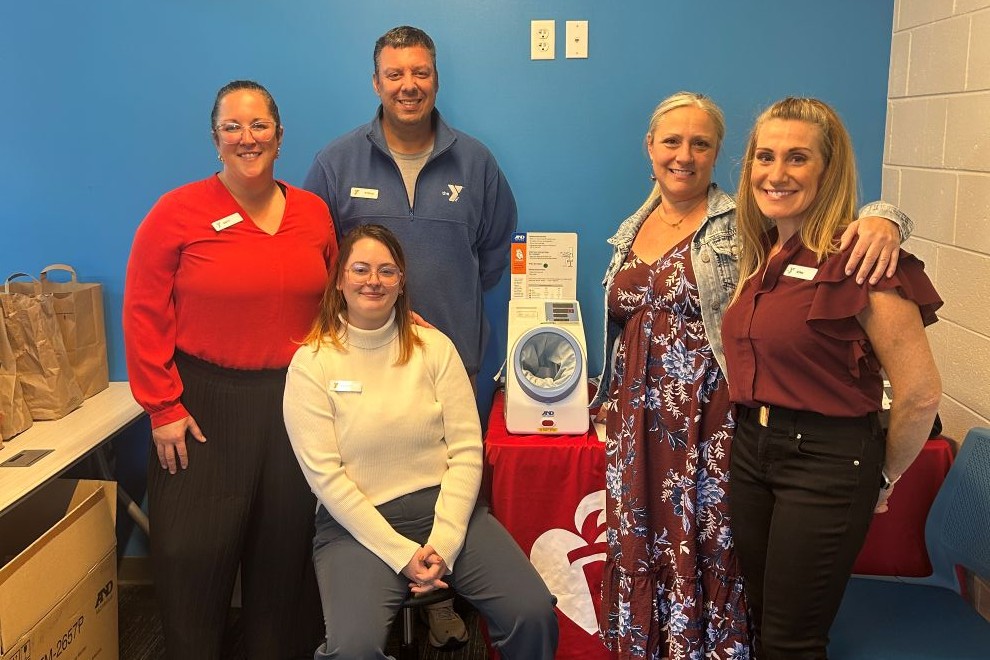We’ve come a long way since COVID-19 first arrived on the scene, but we can’t consider it in the rearview mirror. In fact, it’s likely here to stay, like the flu and the common cold. Where do things stand now and what can we expect in the months ahead? Here are answers to some of the most common questions I hear from families.
Are COVID-19 vaccines still important?
Yes! It’s still recommended that everyone ages six months and older keep up with their COVID vaccines, just as we advocate for getting the flu vaccine each year. Vaccine protection wanes over time, so we encourage you to make sure your family stays up to date. The latest vaccines are also formulated to protect against the most recent strains of the virus, so not only are you updating your immunity, but you are fine-tuning it.
The FDA approved the 2024/25 mRNA COVID-19 vaccine in August. If you get one dose now, you’re considered up to date. Wait three months if you currently have or recently recovered from COVID-19. In addition to protecting everyone – and especially vulnerable populations – the vaccine lowers the risk of developing long COVID, where symptoms last weeks or months and can cause other health complications.
Is COVID continuing to make people seriously ill?
The good news is that hospitalizations and deaths related to COVID remain far below what we were seeing during the peak. The not-great news is that COVID-19 is now being thought of as endemic, or a disease that is always around.
We’ve learned how to better manage the virus and the serious illness associated with it, but we can’t get too comfortable. It can still be unpredictable and dangerous, making some people sick enough to require hospitalization. We need to take it seriously, while getting back to our normal routines.
What are the current isolation recommendations?
Since we’re better able to protect against severe illness through vaccines and other prevention measures than we were a few years ago, the CDC updated their isolation guidelines in March of this year. Viral spread happens most easily when people are sickest, so as with any illness, the recommendation is to stay home and away from others until symptoms are improving and there is no fever for twenty-four hours without the assistance of fever-reducing medication. This means kids can return to school when these signs of recovery are present. It’s ideal to wear a mask and maintain distance from others to the extent possible until symptoms are gone.
Do we still have to test?
While isolation is based on symptoms rather than positive test results, it remains a good idea to take a test so you know what you’re dealing with. This is especially true if you’re planning to attend a large gathering or be around someone who is considered vulnerable.The government is offering a new round of free COVID tests. You can order four nasal swab kits per household at COVIDtests.gov.
Who is most vulnerable to COVID-19?
Certain people are at greater risk for serious illness from COVID-19. We all must do our part to keep them safe, including getting the vaccine and ensuring we’re feeling healthy when visiting.
Vulnerable populations include people who are:
- 65 years or older
- Currently or planning to become pregnant or breastfeeding
- Immunocompromised (have a weakened immune system)
- Living with certain health conditions, such as asthma, diabetes, heart disease, and others
- Living in a long-term care facility
What can we expect this winter?
New COVID-19 variants continue to emerge. Most don’t gain enough traction for significant spread among the population, but some do, of course. The most recent variant of concern, XEC, is quite contagious and spreading rapidly in some parts of the world. While it hasn’t surged in the United States, it has begun to show up in several states, including Virginia, so we need to be vigilant. XEC is similar to past strains, but with additional mutations to the spike proteins (how the virus attaches to and infects cells) making it a formidable foe against the immunity we’ve worked hard to build.
It’s difficult to predict exactly what the winter will bring in terms of COVID-19, but these months are prime time for the spread of all types of respiratory illnesses as we gather for holidays and spend more time indoors.
How can we prevent the spread?
I sound like a broken record, but vaccines are one of the best ways to protect kids and adults alike. We also need to continue with the infection prevention measures that were stressed so heavily early in the pandemic, including staying home when we’re sick and practicing good hand hygiene. This will limit the spread of COVID and other nasty germs we don’t want to give or get.





